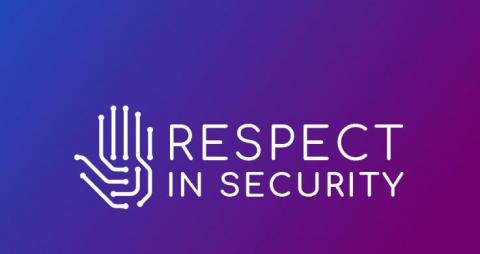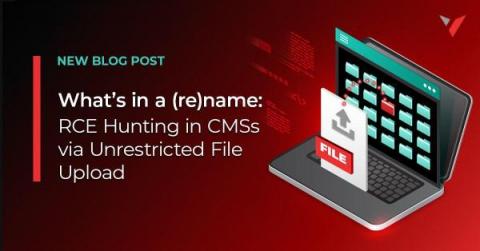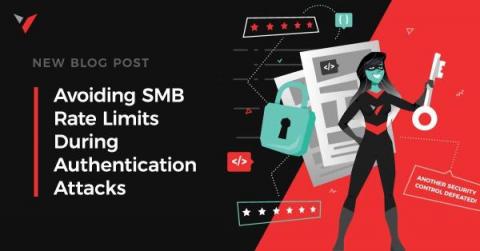Security | Threat Detection | Cyberattacks | DevSecOps | Compliance
Vonahi Security
Respect in Security
Vonahi Security, as a member of the cybersecurity community committed to the prevention of all forms of harassment within our industry, hereby pledges its support for a workplace and community free from harassment and fear.
SrClient DLL Hijacking: a Windows Server 2012 0-day that won't be patched
I recently discovered that all versions of Windows Server 2012 (but not Server 2012 R2) are affected by a DLL hijacking vulnerability that can be exploited for privilege escalation. Moreover, the flaw can be triggered by a regular user and does not require a system reboot. Sounds like a pretty big deal, right? Well, not according to Microsoft, unfortunately.
What's in a (re)name: RCE Hunting in CMSs via Unrestricted File Upload
During a recent bug hunting binge I discovered my first two vulnerabilities that could be exploited to achieve remote code execution (RCE). No bragging rights were earned though, because finding and exploiting these issues was incredibly straightforward. I’m not humble bragging here (I wish). In fact, the issue underlying both vulnerabilities, which each affect a different content management system (CMS), is very basic and was literally the second thing I checked for.
When the PATH to SYSTEM is wide open: Philips SmartControl DLL hijacking (CVE-2020-7360)
Remember that high school teacher who was never more than one chapter ahead of their students? Well that is me, in this blog. ¯\_(ツ)_/¯
Avoiding SMB Rate Limits During Authentication Attacks
During a penetration test, it's not an uncommon practice for a penetration tester to launch a password attack against Active Directory. Many times this password attack uses a list of domain user accounts that were enumerated or even just a list of potential domain user accounts that were generated randomly. Many penetration testers will either perform just a single password attack or at least 2-3 attempts, depending on domain's password lockout policy is set to.
Automated Penetration Testing: 5 Benefits for CISOs
Research by Cybersecurity Ventures projects a doubling of the global cost of cybercrime in the 2015-2021 period from $3 trillion to $6 trillion. The escalation of cybercrime is closely related to the rapid expansion of the cyber attack surface. For instance, the total number of Internet users doubled between 2015 and 2018 from 2 billion to 4 billion, and is expected to hit 6 billion by 2022.
vPenTest: Real-Time and Automated Network Penetration Test Platform
2019/2020: A Few Cybersecurity Reflections and Predictions
With 2019 nearly in the books, this post reflects on a few of the biggest cybersecurity developments of the past year, and on how these trends are likely to shape the industry in the coming year.
Winter Is Here, and so Are Holiday Cyber Scams
The holiday season revolves largely around traditions like festive lights, Christmas trees, family dinners, holiday cards and Secret Santa gift exchanges. Even if you don't like all of these traditions, you will probably agree that none is as bad as one of the newest phenomena that characterizes this time of year: holiday cyber scams.











